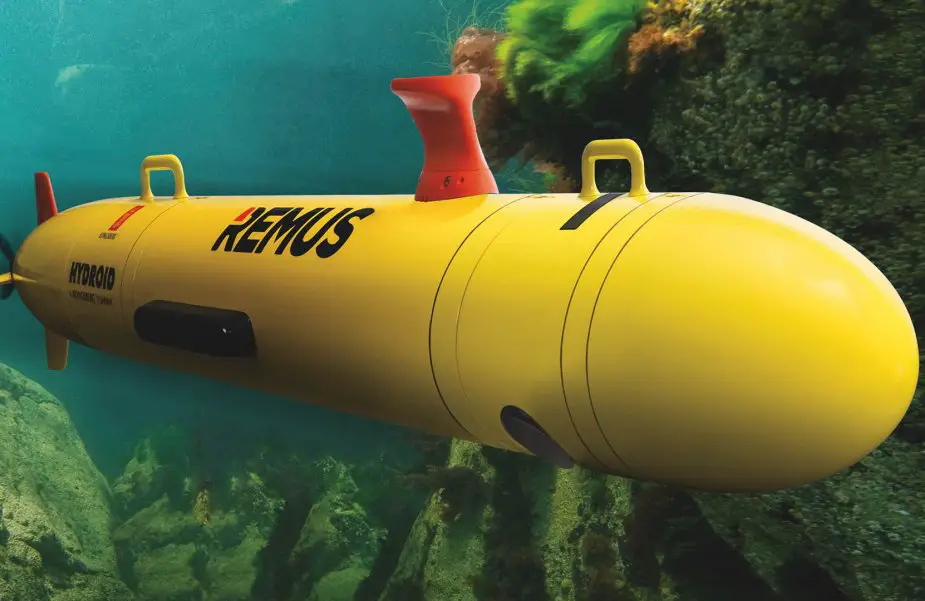Breaking news
Chinese Academy of Sciences successfully tested new material that enables AUV to swim further.
Since most autonomous underwater vehicles must carry their own energy when working under water, variable methods are usually adopted to improve endurance, such as low-power electronic equipment, efficient propulsion method and low resistance shape design.
 REMUS 100 Autonomous Underwater Vehicle (Picture source: Kongsberg)
REMUS 100 Autonomous Underwater Vehicle (Picture source: Kongsberg)
In a study published in Ocean Engineering, a team from Center of Marine Information Technology and Engineering at Shenyang Institute of automation (SIA) of the Chinese Academy of Sciences put forward a method to improve the endurance of autonomous underwater vehicles. By using porous media as the surface layer of pressure shell and reducing the drag, autonomous underwater vehicle can "swim" further without changing its shape and battery capacity.
The researchers in this study conducted research on the mechanical characteristics and drag reduction mechanism of autonomous underwater vehicles using porous material, and performed preliminary comparative tests.
Using Remus 100 AUV and SUBOFF as the research object, they carried out simulation and comparison tests under multiple conditions. The results showed that the thickness of porous media material and porous viscosity coefficient are closely related to the drag of autonomous underwater vehicles.
The drag increases with the increase of the porous viscosity coefficient and thickness of the porous material. Taking the example of REMUS 100 AUV sailing at 1.54m/s, when the porous viscosity coefficient is approximately 830kg/m3s, the drag of REMUS 100 is relatively close to the test value. When the porous viscosity coefficient is less than 830kg/m3s, the drag will be smaller than the test value. And the drag of Remus100AUV decreases with the decrease of the porous viscosity coefficient.
Simulation and experimental results showed that porous material can change the surface fluid characteristics of autonomous underwater vehicle, and under certain conditions, porous materials attached to the surface of the underwater vehicle can indeed reduce autonomous underwater vehicles’ drag, so that it can further improve its own endurance under the same conditions.



























